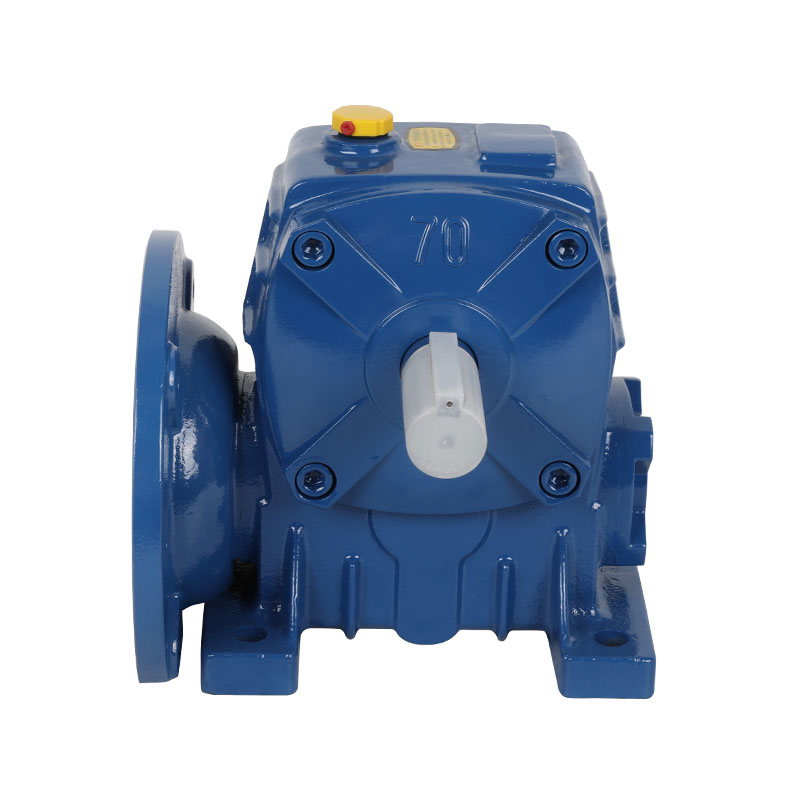In the field of industrial transmission, the reducer is an indispensable key component connecting the power source and the actuator. Among the many types of reducers, WP Worm Gear Reducer has played an important role in light industry, packaging equipment, conveying systems, metallurgical equipment and other occasions for a long time due to its compact structure, strong self-locking and smooth operation. So, what are the design advantages of this classic structure reducer? How can it maintain its competitiveness in the ever-changing modern machinery industry?
The friction structure of the worm and the worm wheel has a certain self-locking property, which can keep the output shaft stationary without external force driving, and is suitable for working conditions that need to prevent reversal, such as lifting mechanisms, lifting platforms, etc.
Smooth transmission and low noise
The worm wheel and the worm are in sliding contact during the meshing process, with small impact during operation and strong continuity in the transmission process. It can effectively reduce mechanical noise and is suitable for occasions with high requirements for environmental quietness.
Wide transmission ratio range, significant deceleration effect
WP worm gear reducer can achieve a larger transmission ratio, generally ranging from 10:1 to 60:1, and some can be customized with higher transmission ratio, especially suitable for the needs of low-speed and high-torque output.

Compact structure and strong adaptability
Compared with gear reducers, WP series reducers have smaller volume and various installation forms (horizontal, vertical, dual-axis input/output, etc.), adapting to various space layouts and working environments.
Although WP worm gear reducer is not the latest technology product, it continues to be used in many industries due to its maturity, stability and high cost performance:
Food machinery and packaging industry: low-speed operation is required, hygiene and low vibration are required;
Belt conveyor system: continuous operation and self-locking function are required to prevent slipping;
Metallurgical equipment and mining machinery: large torque output and structural firmness are required;
Woodworking machinery and lifting devices: high-precision parking and output stability are required;
Agriculture and irrigation equipment: complex installation environment, durable and reliable.
In many medium and low-speed transmission occasions, WP series reducers are still the representative of "classic will not leave the stage".
Although the WP worm gear reducer has a mature structure, in order to adapt to the dual requirements of modern industry for efficiency and energy consumption, the industry is upgrading its technology in the following directions:
Optimize worm materials and heat treatment processes to improve wear resistance and extend service life;
Adopt high-precision processing and assembly technology to improve meshing efficiency and transmission stability;
Improve lubrication structure and heat dissipation design to reduce friction heat and reduce energy consumption;
Modular and lightweight design facilitates maintenance and replacement and improves installation flexibility;
Introduce intelligent monitoring interface for operation status monitoring and maintenance warning to delay the occurrence of failures.
The reason why WP Worm Gear Reducer can continue to exist and be widely adopted in the fierce transmission equipment market is not only because of its price advantage, but also because of its balanced performance in performance, adaptability, self-locking and maintainability. It is a "mature but not backward" mechanical component, especially suitable for industrial environments with limited budgets and structures but stable performance requirements.

 English
English русский
русский bahasa Indonesia
bahasa Indonesia
